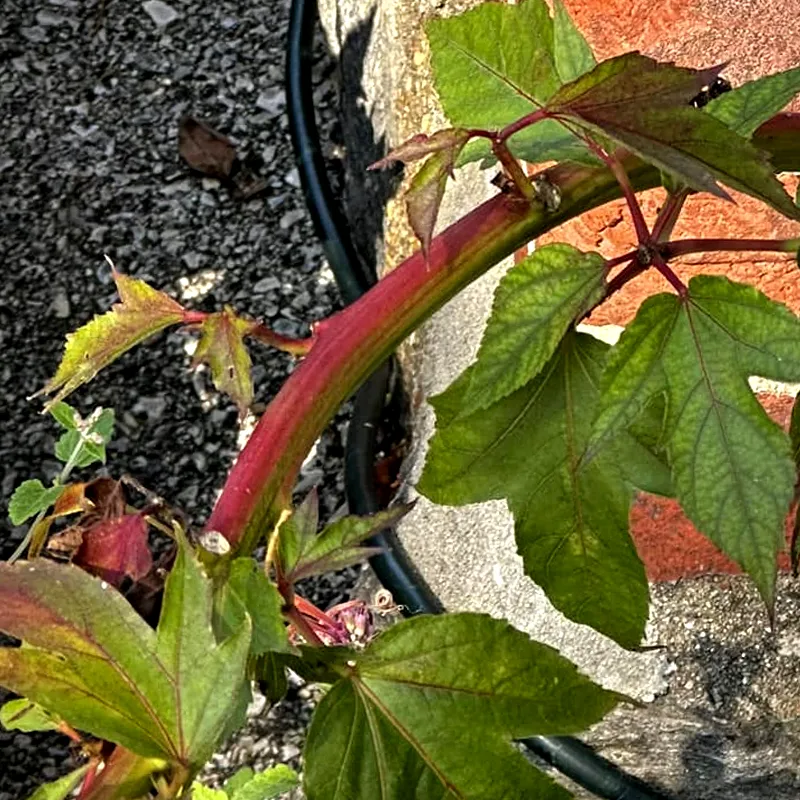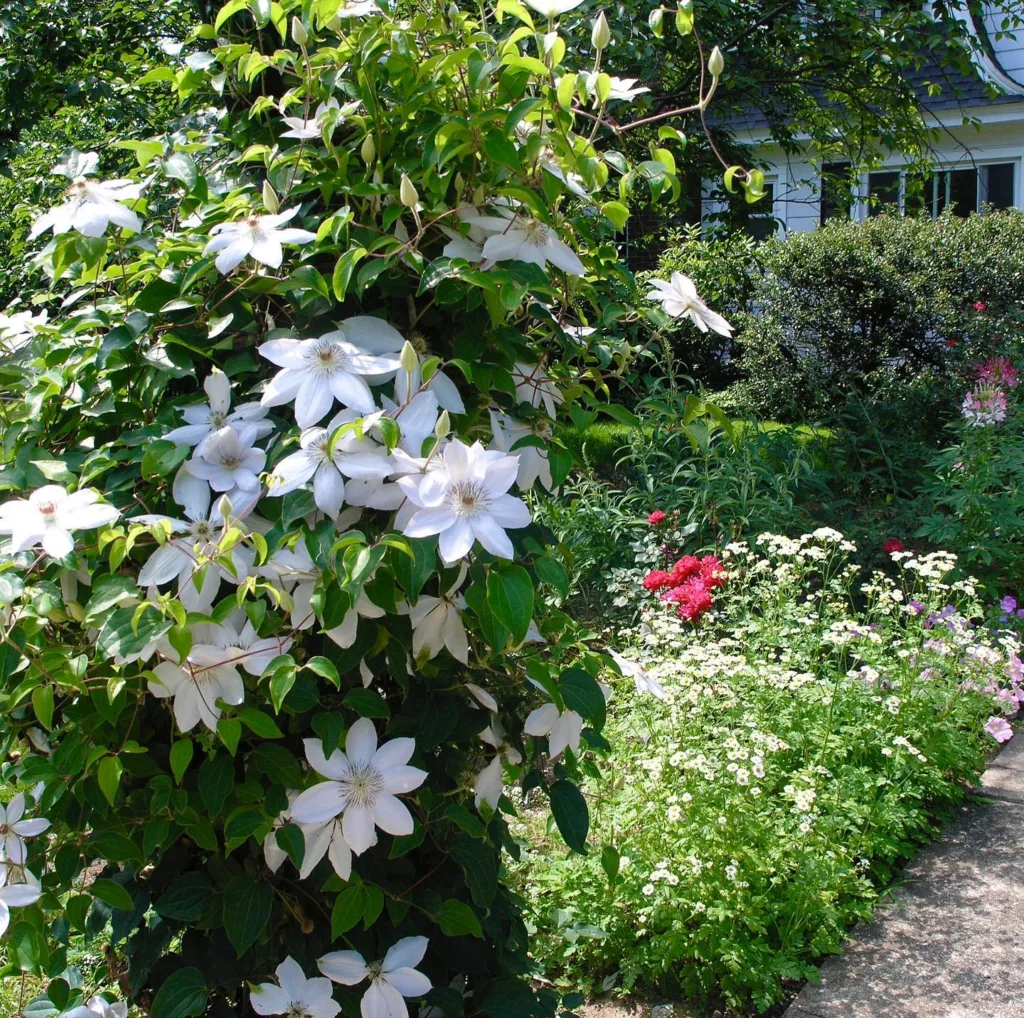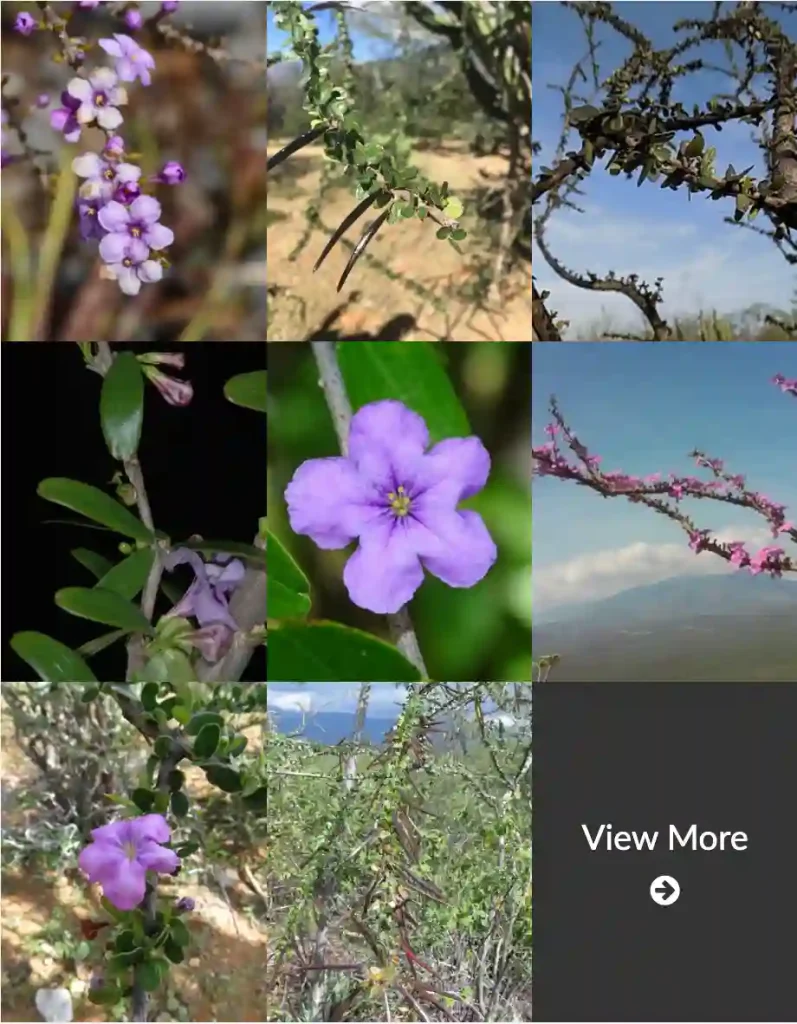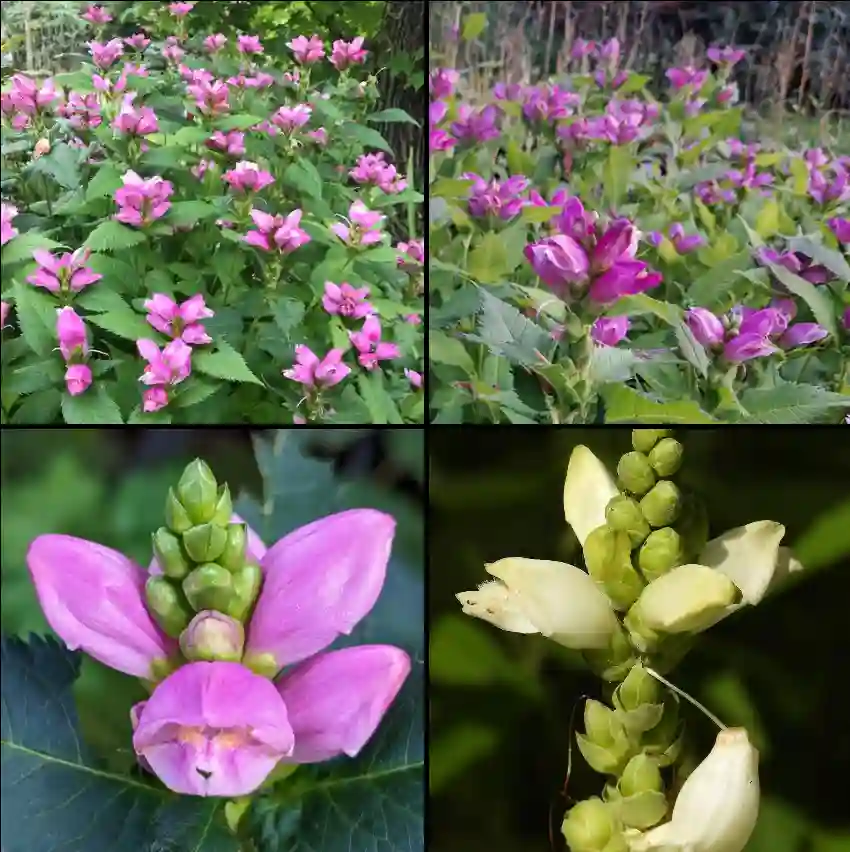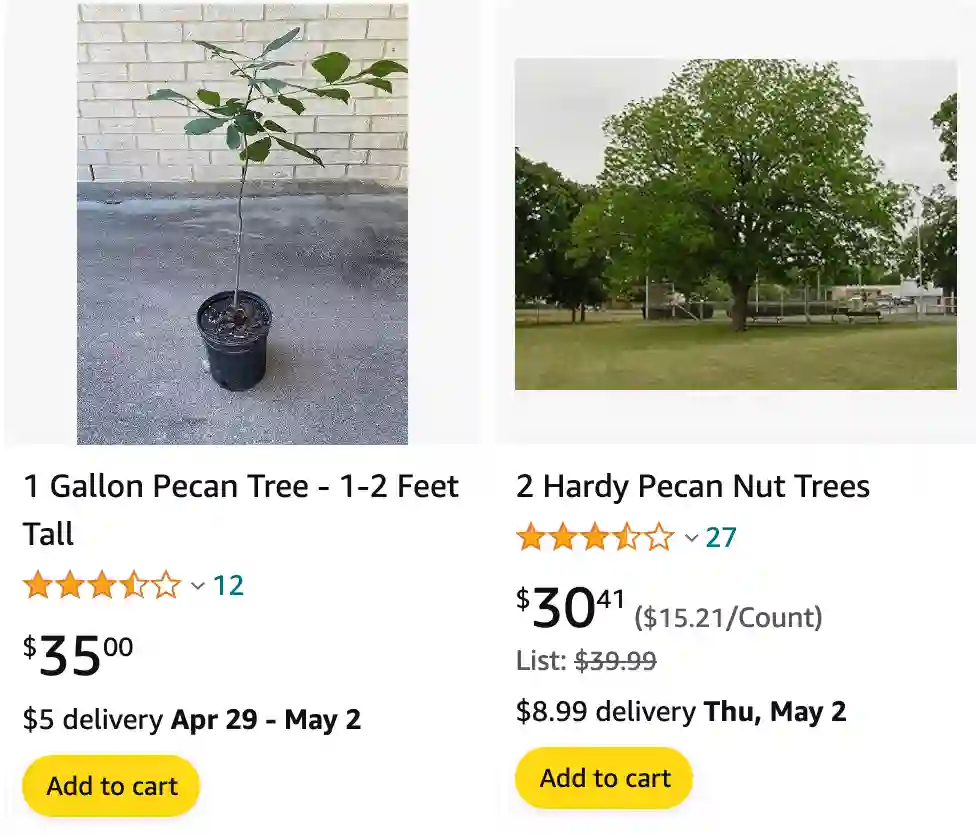
What does a pecan tree look like?
I’ve always loved pecan trees, especially in the fall. Their leaves turn such a beautiful, warm shade of yellow, and the way their big branches spread out always reminds me of something out of a storybook. Pecan trees are tall, some stretching way up into the sky, and their bark has this rough, almost scaly texture that’s really interesting. The leaves are super distinctive too – long and kind of curved, with lots of little leaflets. It’s always so satisfying to find the nuts nestled in the grass at the base of the trunk – the reward for appreciating the tree all year round!
Is pecan a tree nut?
Yes, pecans are definitely tree nuts. It’s something I had to learn the hard way because I have a mild tree nut allergy. I always loved snacking on pecans until one time I ate a few and my lips started to tingle and get a bit swollen. Not the worst reaction, but it was enough to make me realize pecans fall into the same category as almonds, walnuts, and the rest of that bunch. I still love the taste but have to be much more careful now.
How long does it take a pecan tree to produce?
Planting a pecan tree was definitely a lesson in patience for me! I remember being really excited when I first put the little sapling in the ground, thinking I’d be harvesting buckets of nuts in a few short years. Turns out, pecan trees are super slow growers. It took a good five or six years before I saw even a handful of pecans, with the tree only starting to consistently produce a decent amount at around the ten-year mark. It was worth the wait though!
How to grow a pecan tree?
Growing a pecan tree has been one of my most rewarding gardening projects. It’s tough but so satisfying! I started my tree from a seed – there’s something special about watching it sprout and take shape. The key things for me were finding a sunny spot with really well-draining soil, and being super diligent with watering when the tree was young. Pecan trees need a long, hot growing season too, so I made sure to check that my climate would support that. It’s been a slow process for sure, but seeing that tree get bigger and stronger each year is incredibly fulfilling.
How fast do pecan trees grow?
I wouldn’t call pecan trees speedy by any means! They take their sweet time, especially in the beginning. My pecan tree probably only grew a foot or two every year for the first few years. It felt like forever before it actually started to look like a tree! But once they get going, they can pick up the pace a little, adding maybe two or three feet in height each year. It’s one of those situations where patience is truly a virtue – but the delicious pecans at the end make the slow growth totally worth it.
How long do pecan trees live?
I’m fascinated by how long pecan trees can live! Mine’s still pretty young, but I love knowing it might outlive me by generations. From what I’ve learned, pecan trees can easily reach 200-300 years old if they’re in the right conditions. There’s something awe-inspiring about that – thinking about a tree that has stood tall for centuries, through so much history and change. It makes caring for my pecan tree feel even more special, knowing I’m part of a tradition that could stretch far into the future.
Where do pecan trees grow?
Pecan trees always make me think of the American South. There’s something about their sprawling branches and the warm, humid air that just feels right. That’s because they thrive in those conditions – long hot summers and reasonably mild winters. I know they grow really well in states like Georgia, Texas, and Arizona. I tried planting one here in my garden, further north, but it’s been a struggle. The summers just aren’t long enough, and a few harsh winters really set it back. Sometimes I dream of having a little pecan orchard down South!
When do pecan trees bloom?
Pecan trees tend to bloom in mid-to-late springtime. I always look forward to seeing those little yellow-green catkins showing up on the branches – it’s a sure sign that warmer weather and the promise of pecans are on the way! Of course, the timing can be a little different depending on your specific climate, but watching for those blooms is a great way to anticipate the change of seasons and the eventual pecan harvest.
How to fertilize pecan trees?
I’ve learned that fertilizing pecan trees is about striking the right balance. Too little, and the tree won’t reach its full potential; too much and you can actually do more harm than good. In the early years, I mostly used a balanced fertilizer with nitrogen, phosphorus, and potassium, starting small and gradually increasing the amount as the tree grew. Zinc is also super important for pecans, so I made sure to either choose a fertilizer that already included it or apply zinc sulfate separately. Now that my tree’s older, I try to get a soil test every few years to make sure I’m giving it just what it needs.
How to keep squirrels out of pecan trees?
Squirrels have been my nemesis ever since my pecan tree started producing! These furry little thieves are smart and persistent. I’ve tried all sorts of things with varying degrees of success. Metal baffles around the trunk worked pretty well, at least until one acrobatic squirrel figured out how to jump past it. Predator urine had a slight effect for a while, but the smell wasn’t so pleasant. This year, I’m investing in some netting to drape over the tree when the nuts are getting close to ripe. I’m hoping that will finally outsmart those pesky squirrels!
When to fertilize pecan trees?
For my pecan tree, I’ve found that late winter or very early spring is the best time to fertilize. Usually, I try to get it done right before the buds start to swell. This gives the tree a good boost of nutrients just as it’s waking up from dormancy and getting ready for the growing season. Sometimes I’ll also do a split application, with another smaller dose of fertilizer in late spring or early summer, but it depends on what kind of soil test results I get back and how the tree seems to be doing that specific year.
How tall do pecan trees grow?
Pecan trees can get incredibly tall! My mind was blown when I learned they can easily reach 70 to 100 feet at maturity – sometimes even taller! They’re definitely not a tree for small backyards. My own pecan tree is still on the smaller side, but it’s amazing to see how much it shoots up every year, reaching higher and higher towards the sky. It makes me wonder just how massive it might become over the decades.
Are pecan trees self pollinating?
While pecan trees can technically self-pollinate, they don’t do it very well. Most varieties need pollen from a different pecan tree to produce a good crop of well-developed nuts. I learned this firsthand – back when my pecan tree was the only one around, the harvest was always disappointing. A few years ago, I planted a second pecan tree of a different variety nearby. The difference was incredible! Suddenly, I had way more pecans, and they were bigger and tastier too.
If i die, water my plants!
